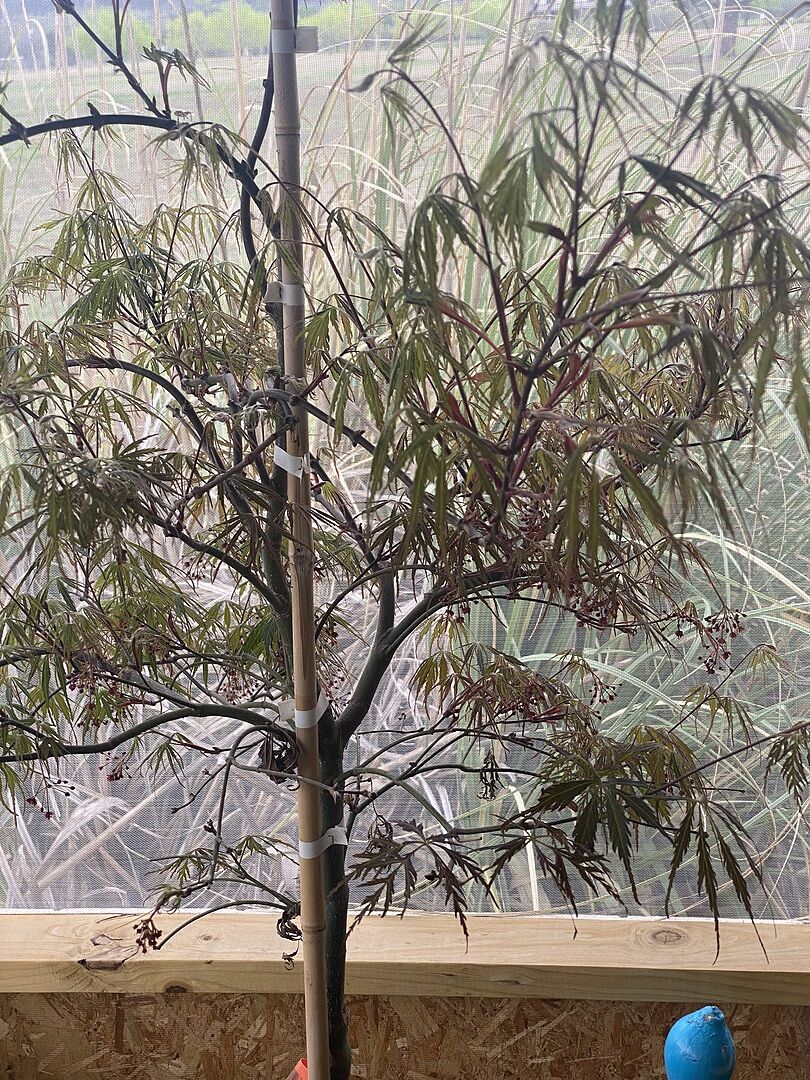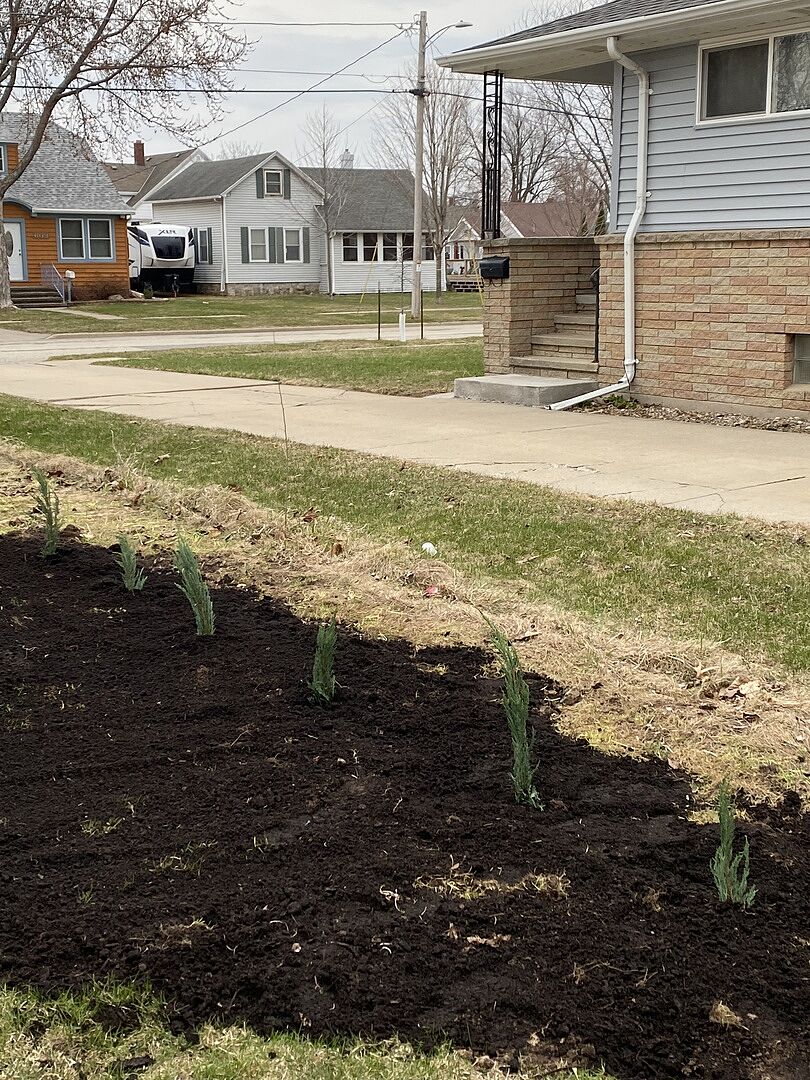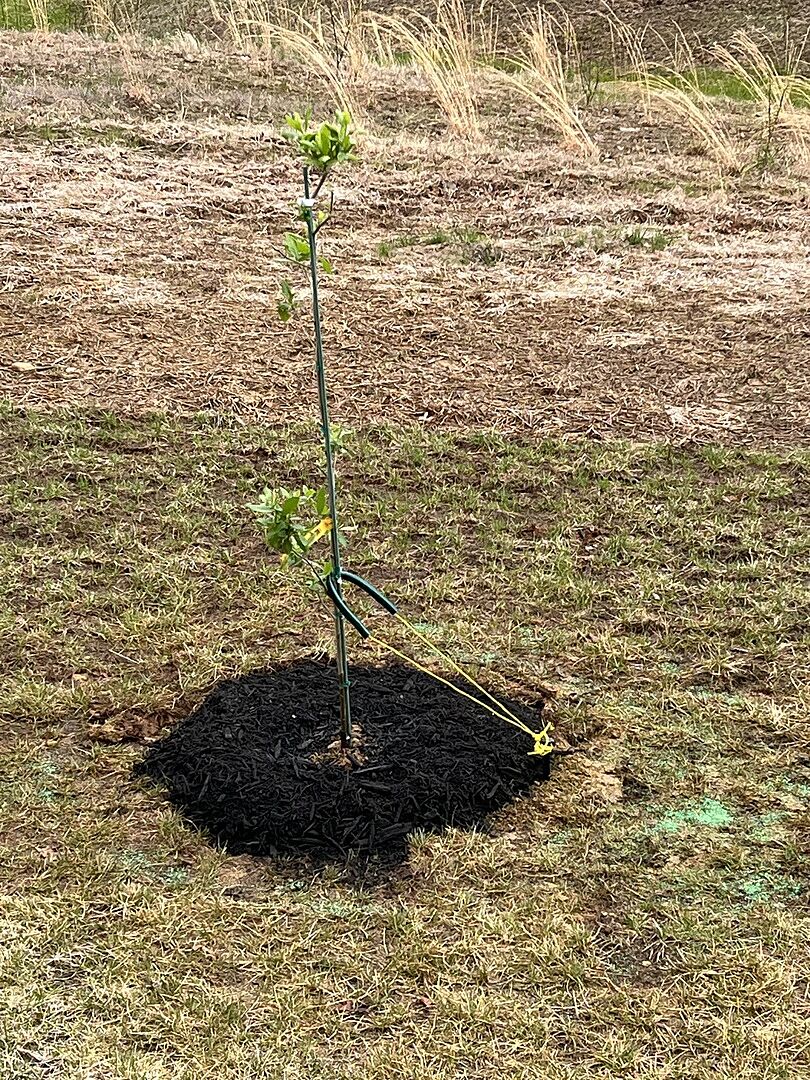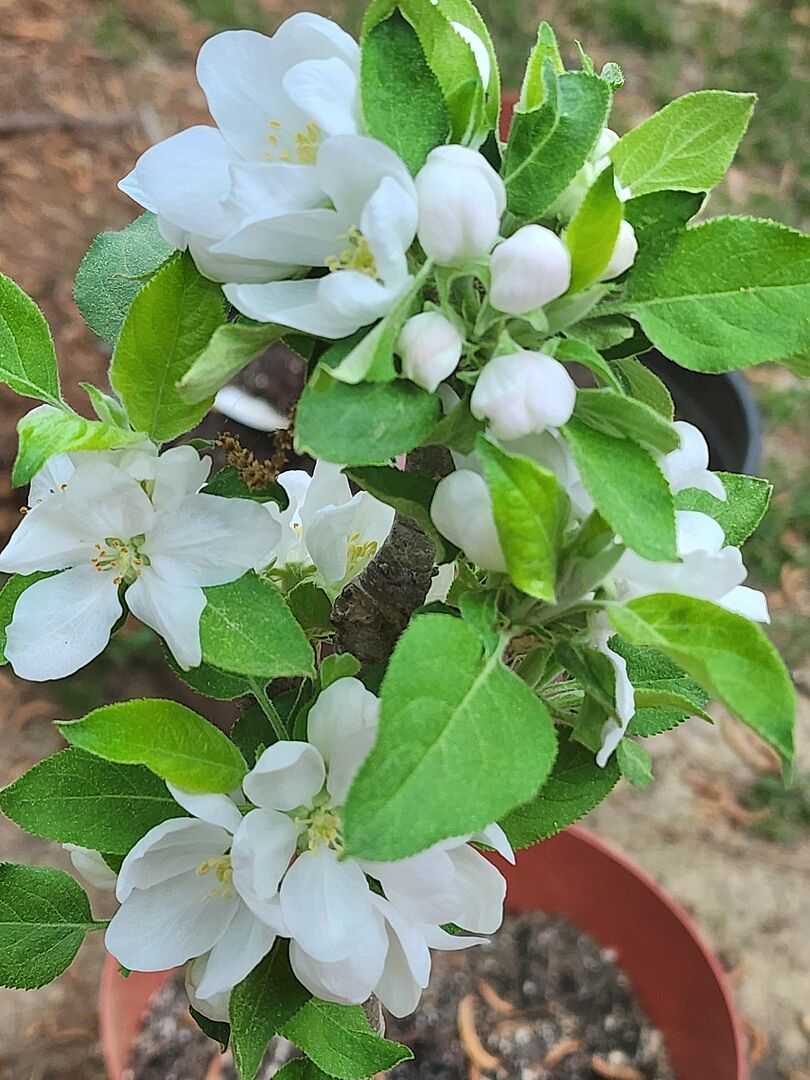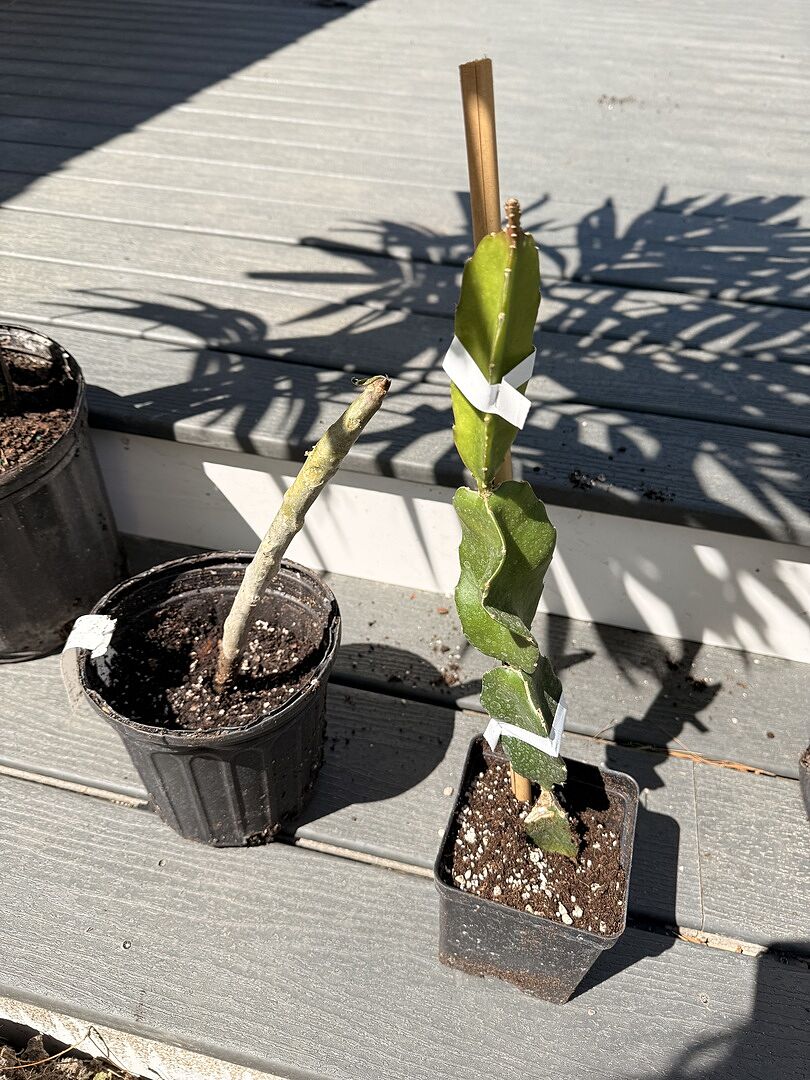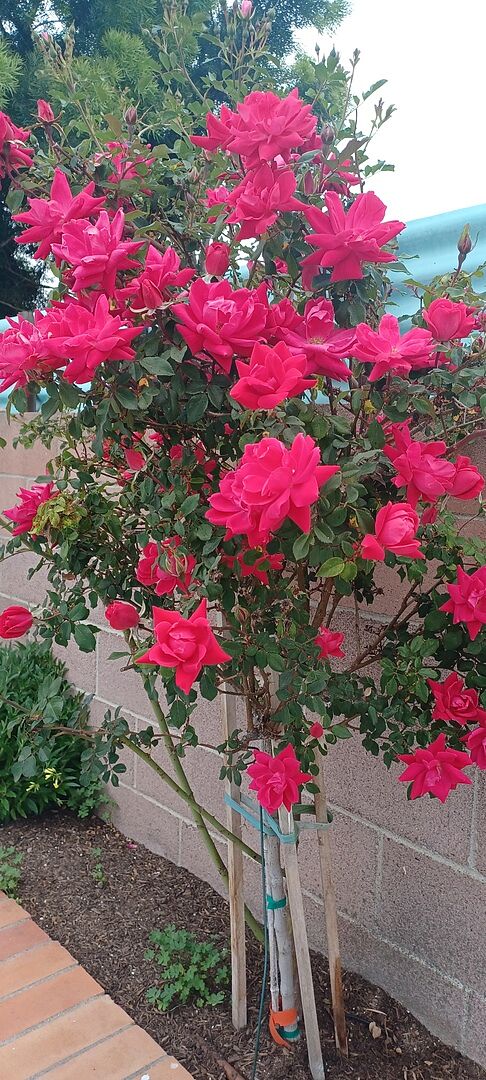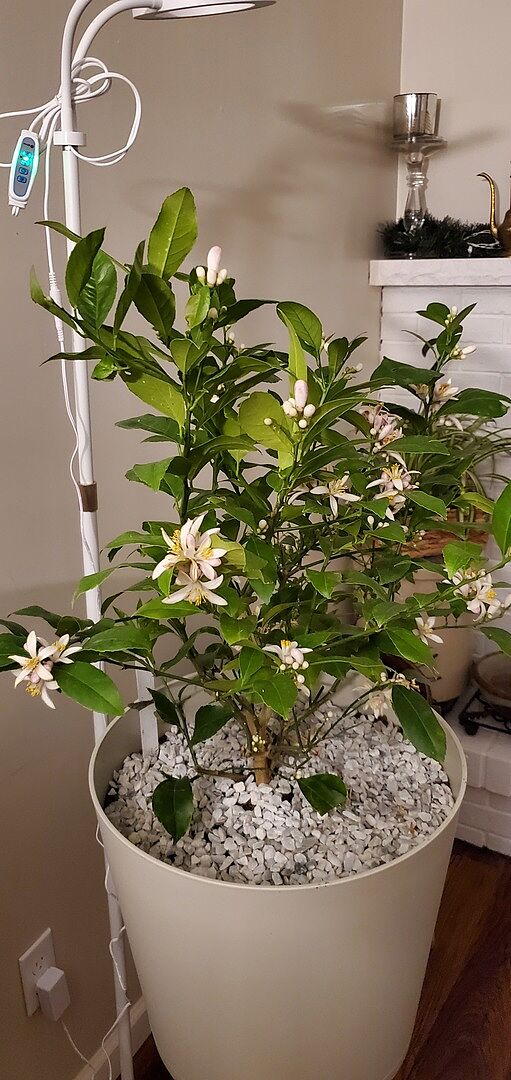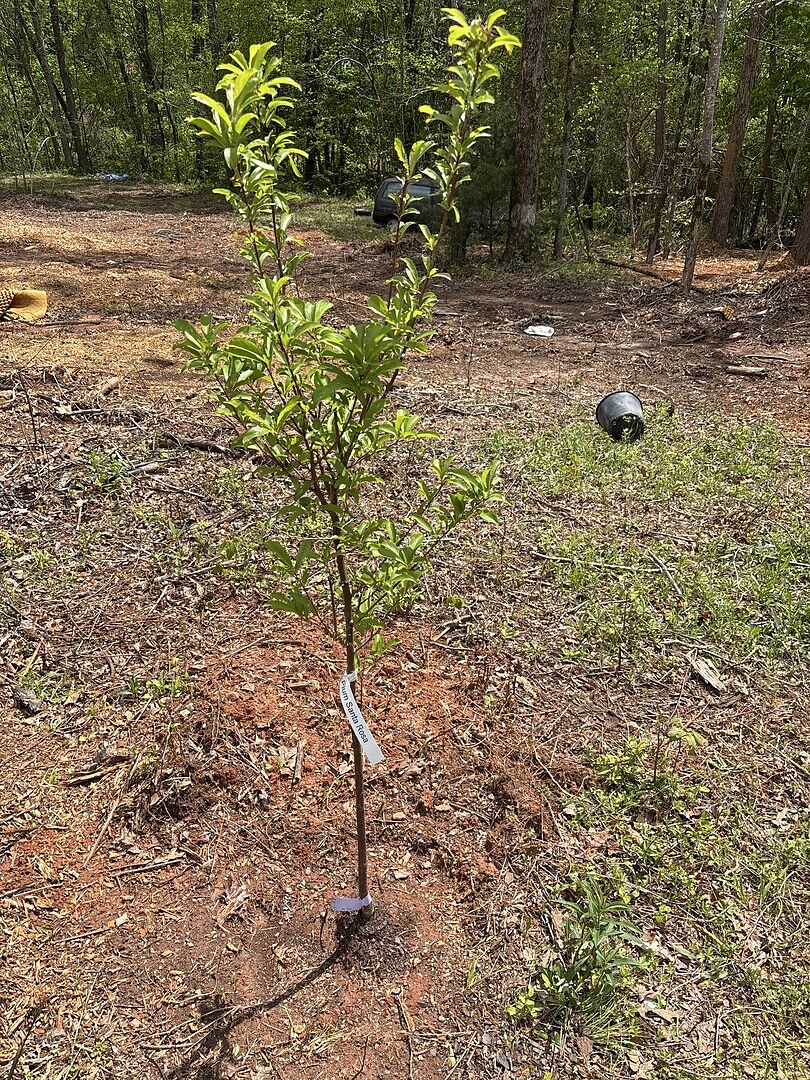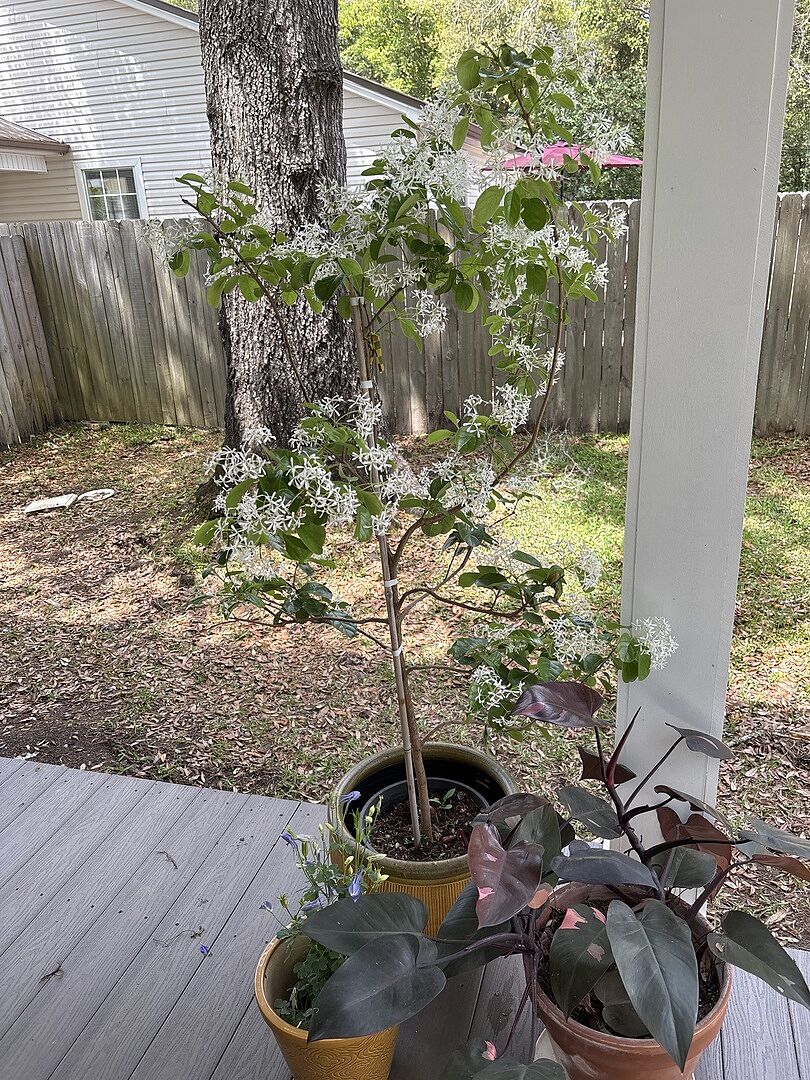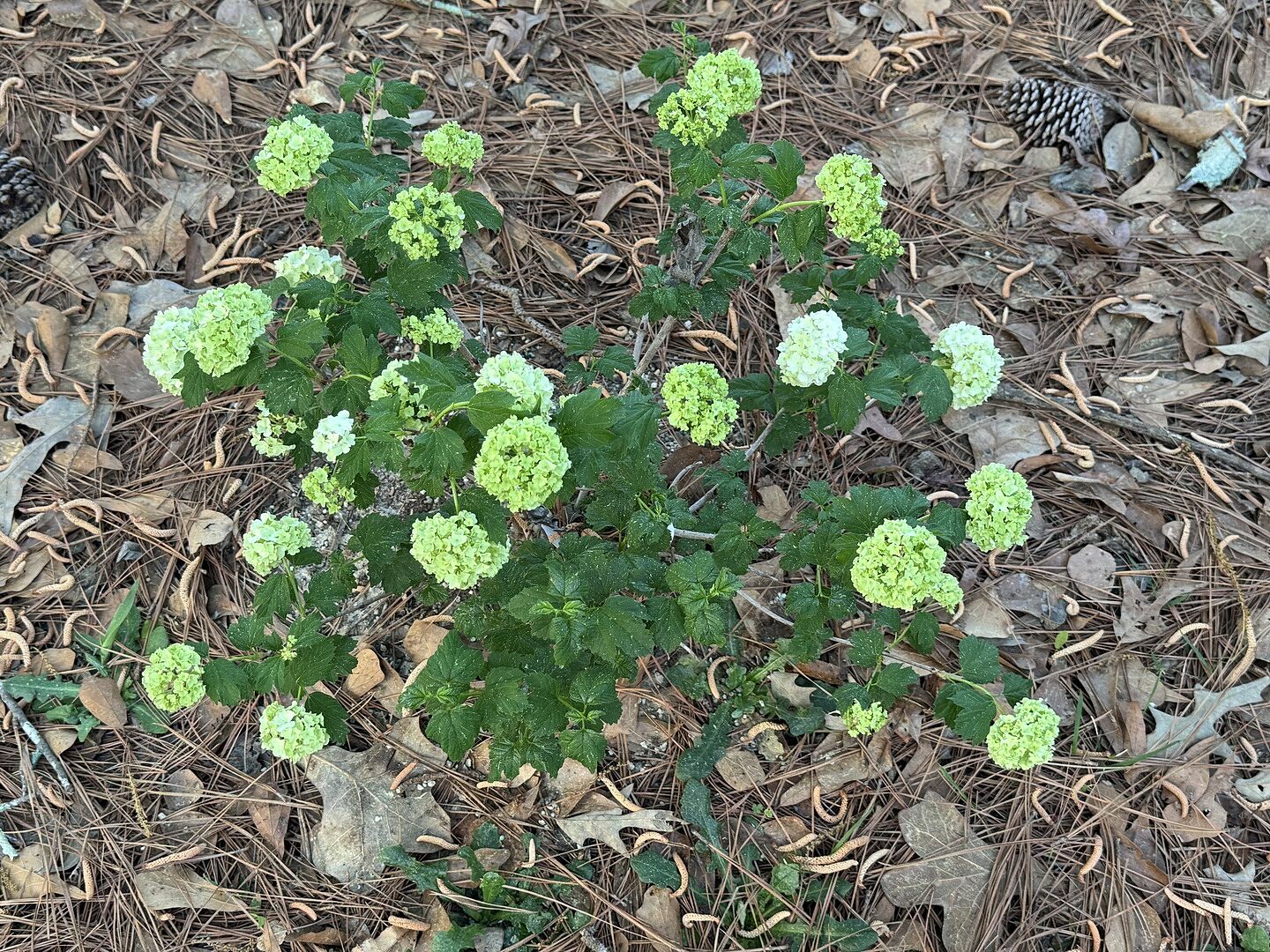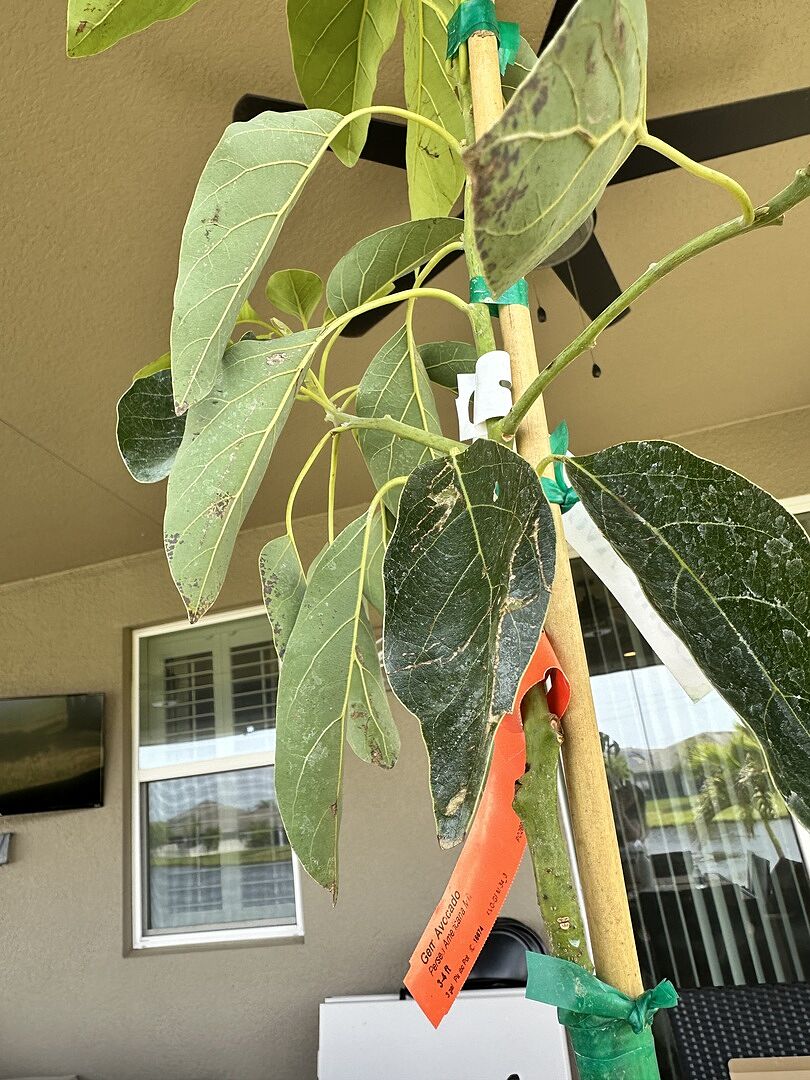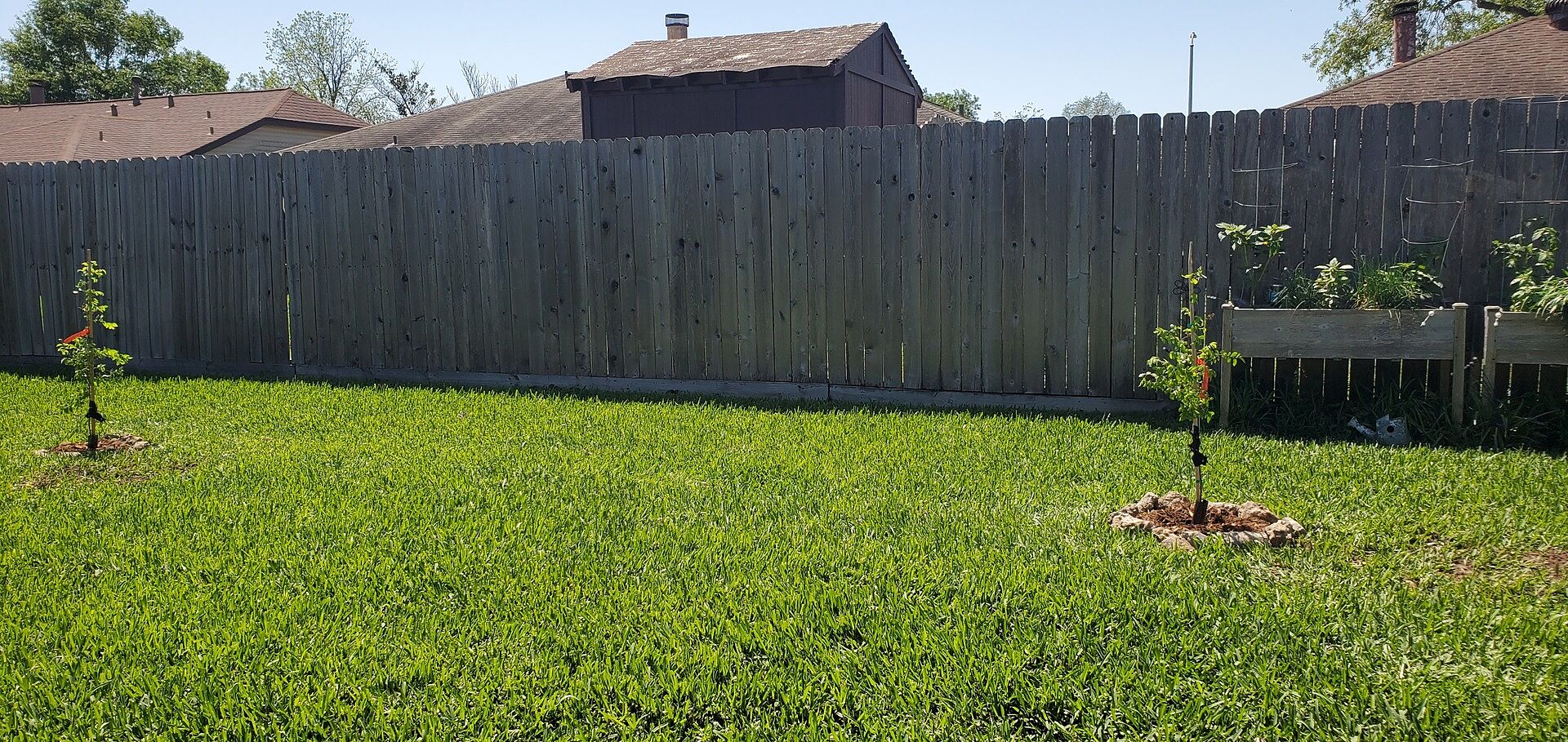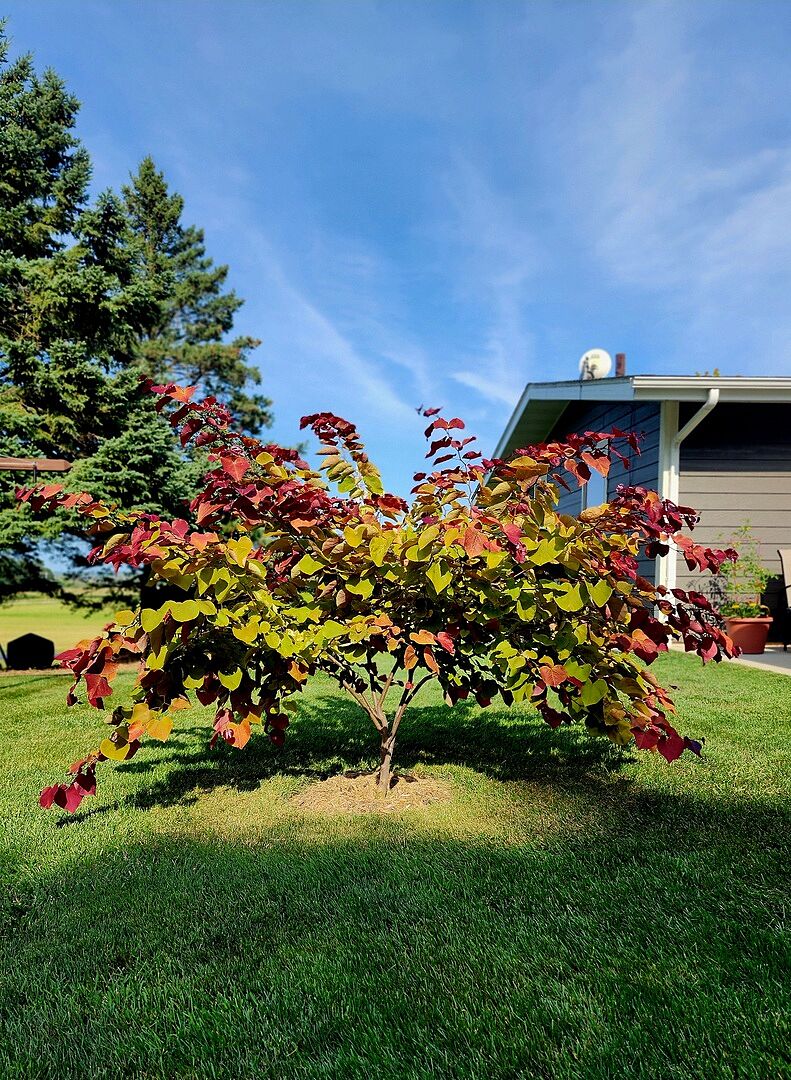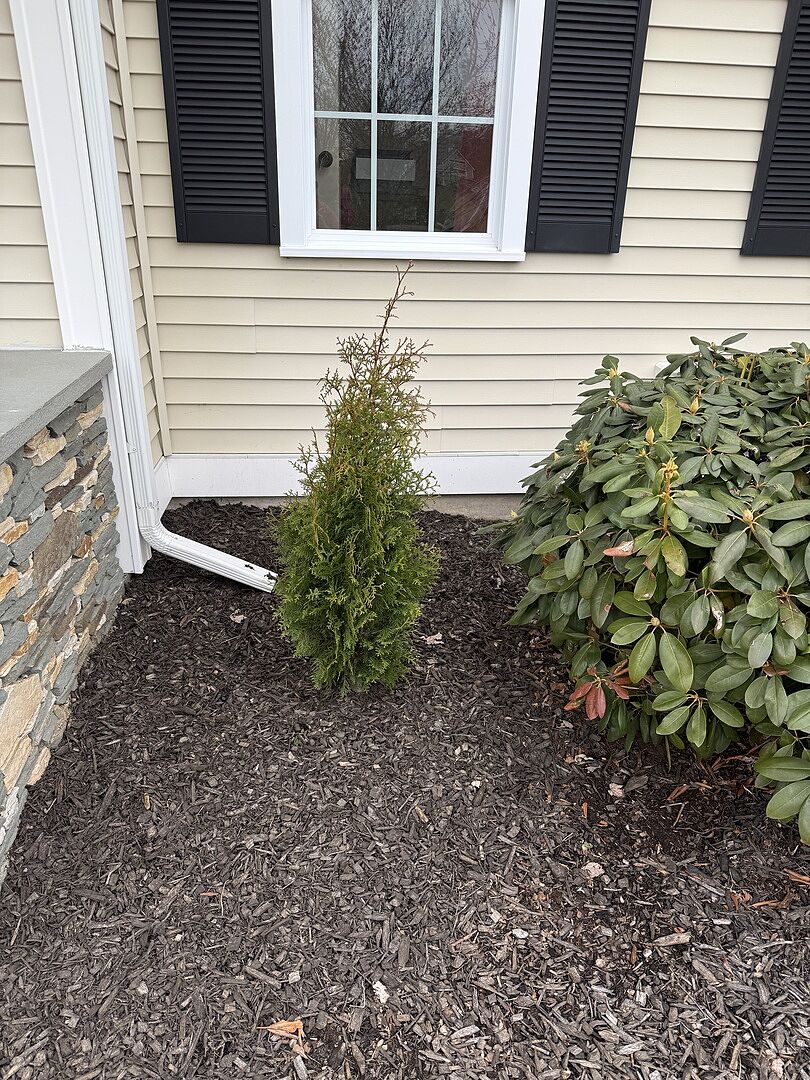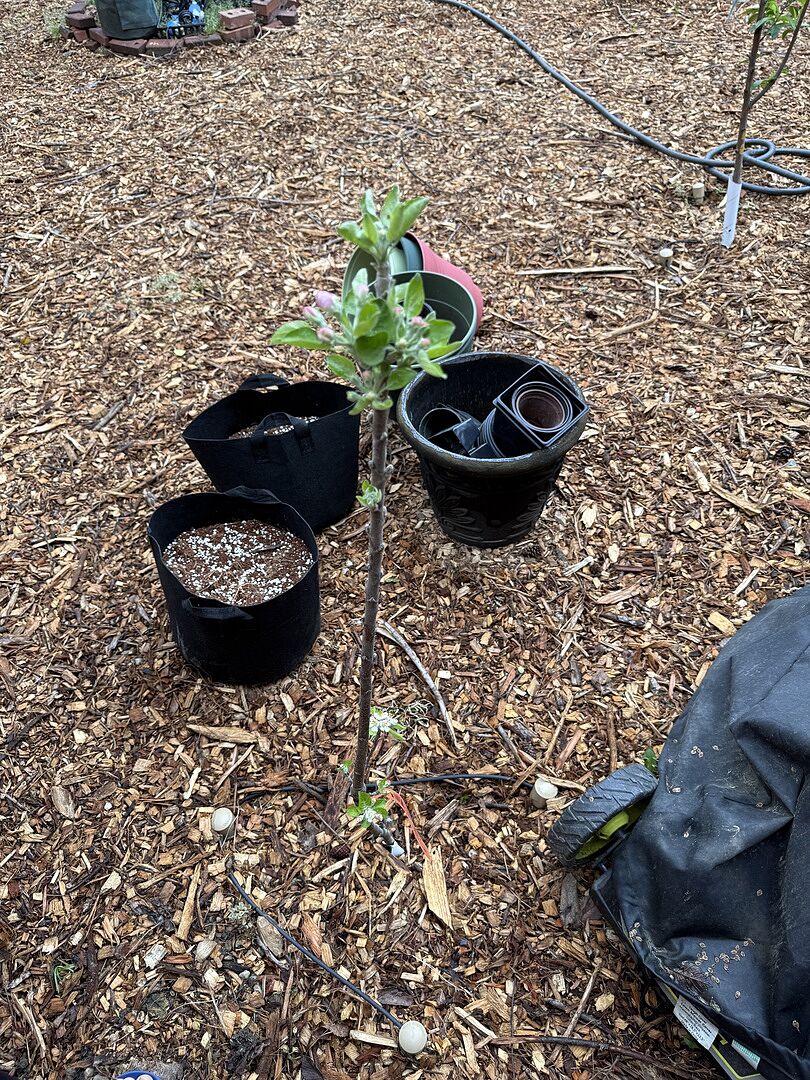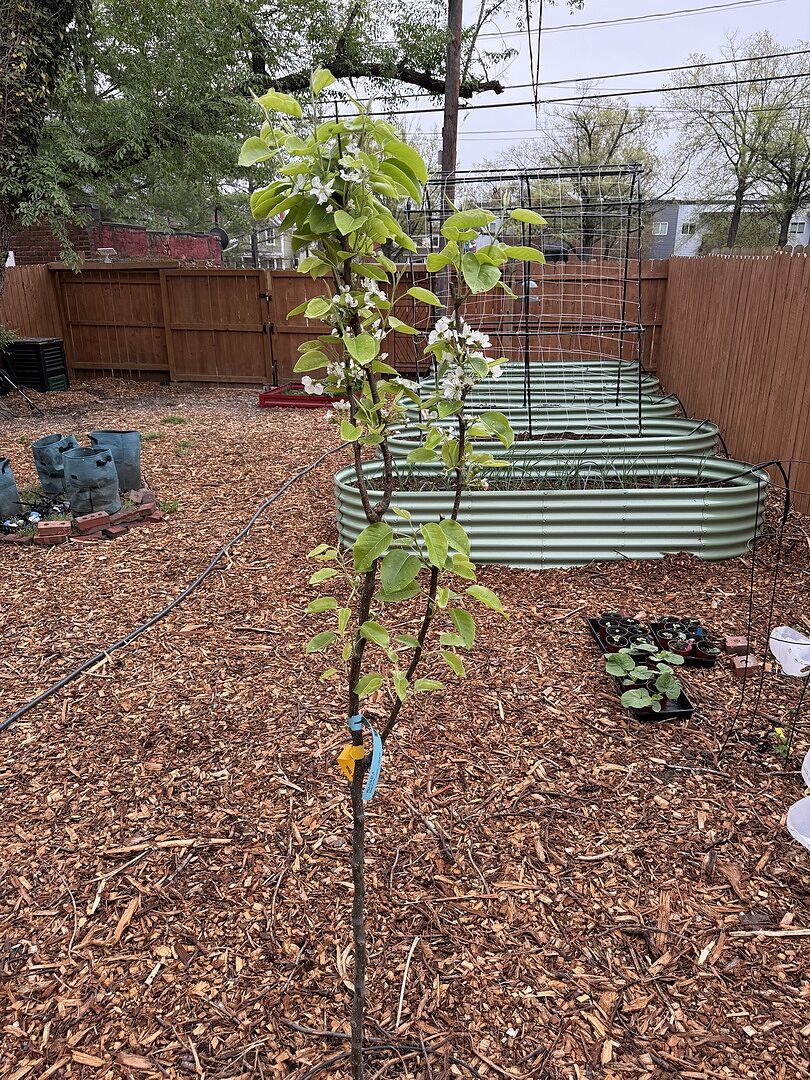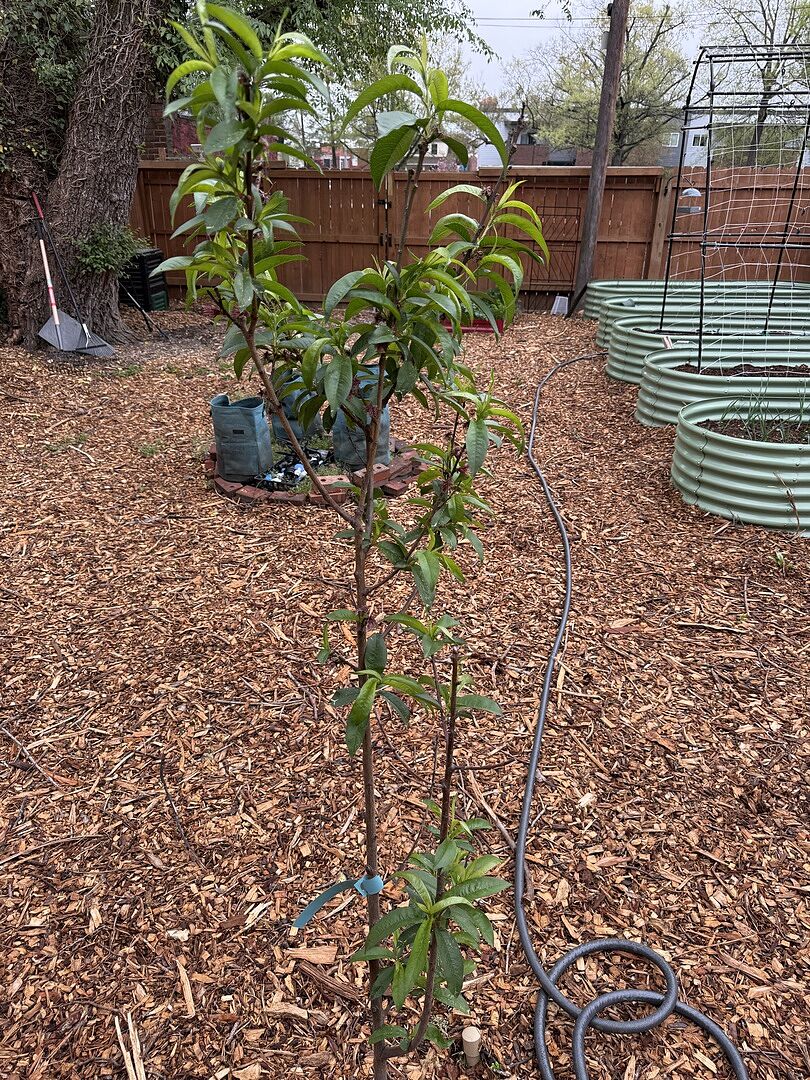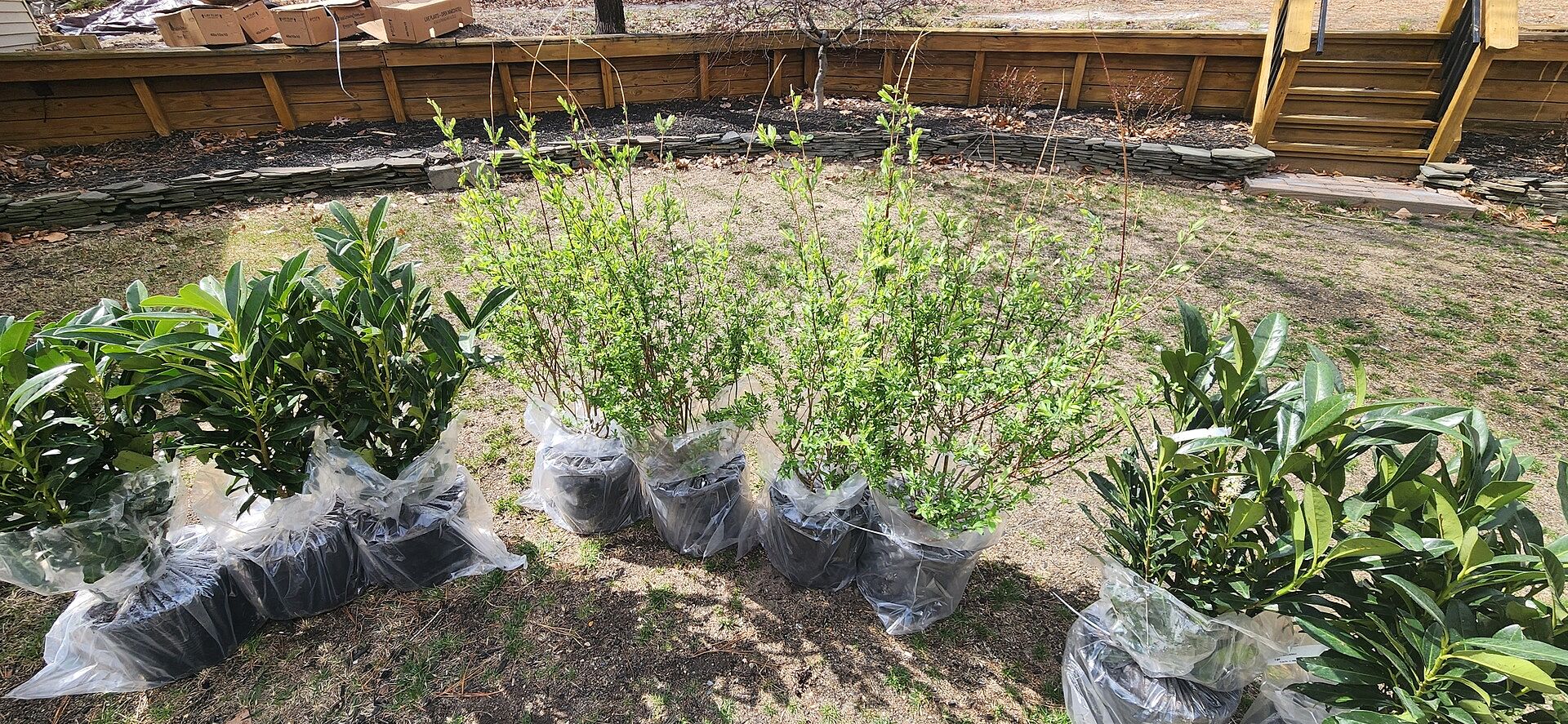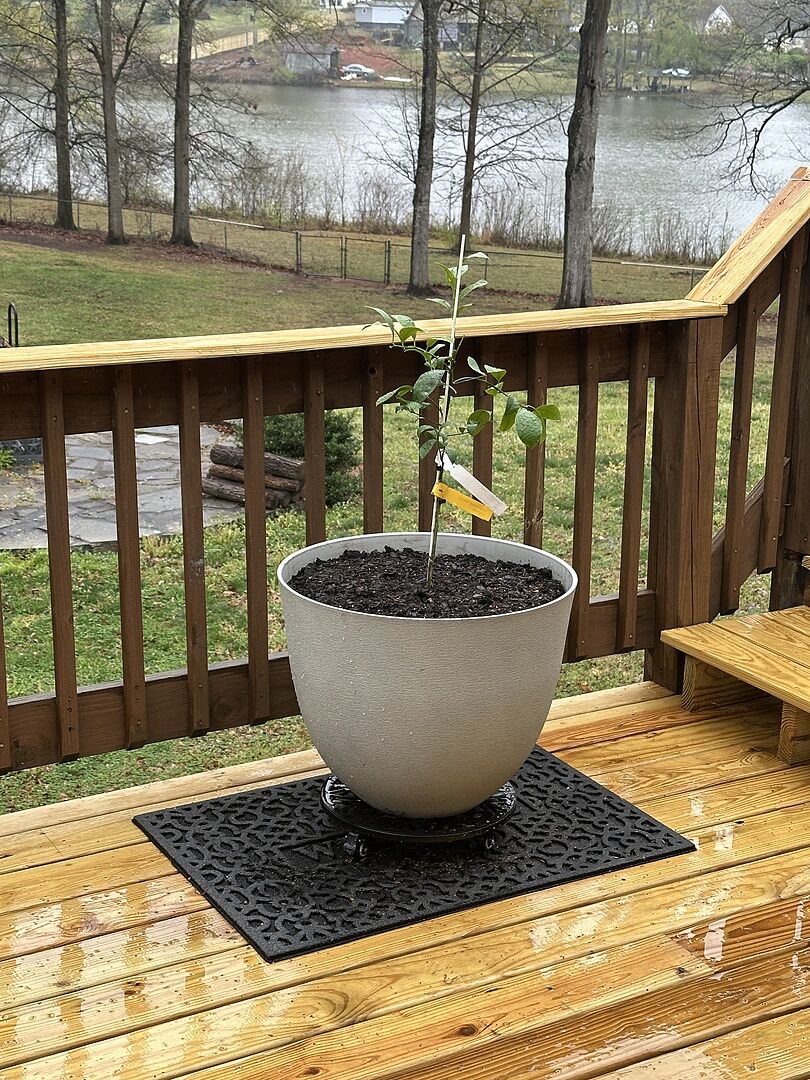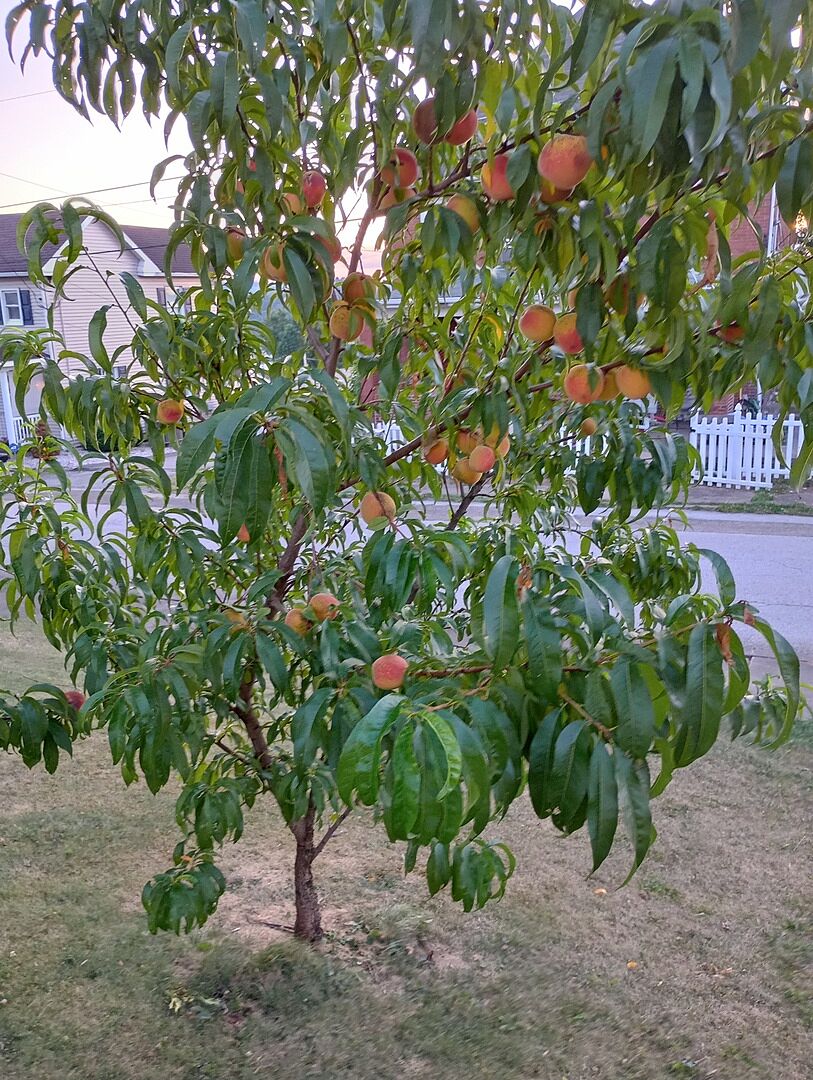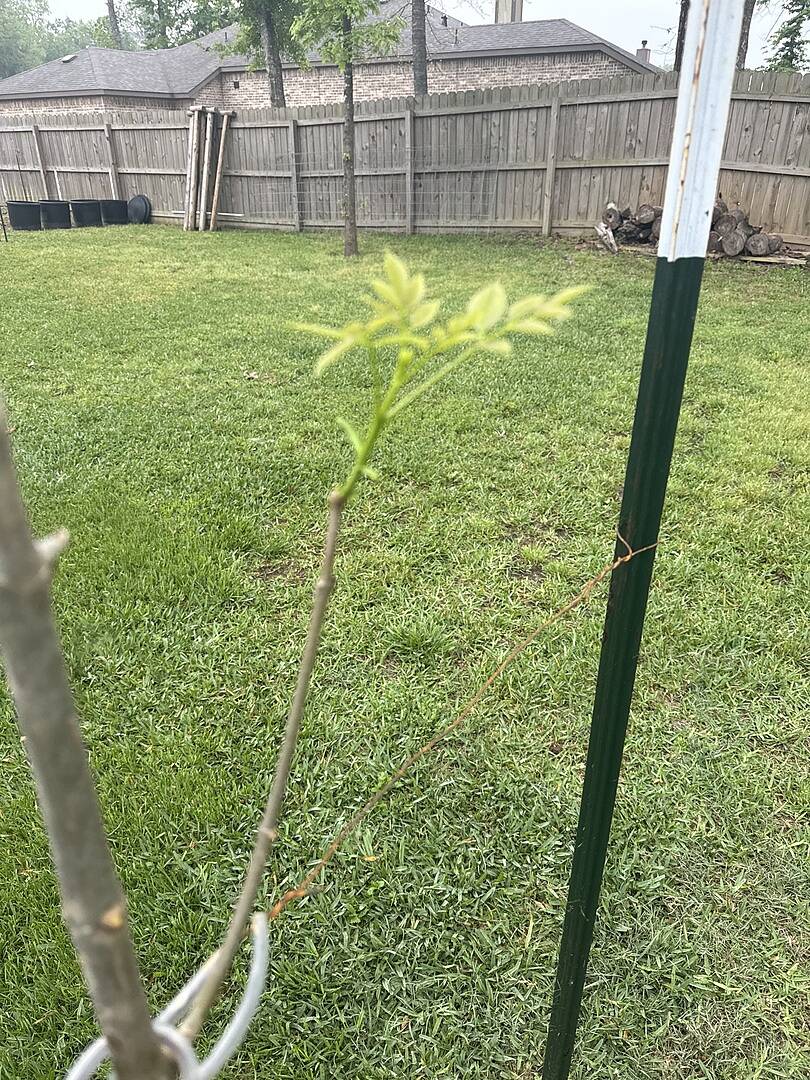Flowering Trees: Everything You Ever Wanted to Know

Last updated: Jun 02 2022

Flowering trees are one of the most wonderful signs that spring has arrived, and they make enchanting additions to the yard. You get the best of both worlds - their seasonal fragrance and their eye-catching flowers serve as accent points in your landscape. Also, as an added bonus, some flowering trees grow tall and wide enough to act as privacy trees too. And flowering trees provide an alluring appearance that few shade trees can match. Plus, many flowering trees have exquisite fruit that’s edible and attractive to birds and animals.
There's many flowering trees to choose from, so you'll want to be sure to pick one that meets your needs and fits your specific landscape. You don't want to overcrowd your yard, and if you have a smaller residence, you'll likely only need two or three trees.
Selecting the right tree is important, so take your time and choose carefully – especially since they'll be a part of your landscape for many years to come. To assist you in making the right choice, here's a few tips.
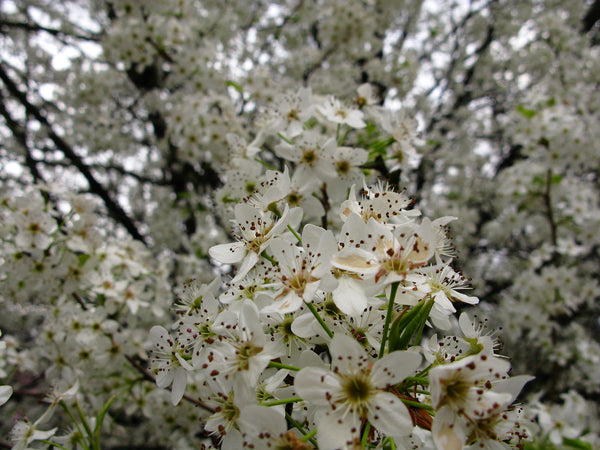
Selection
Not all flowering trees are equal. Some trees boast a bolder show than others, and not all are valued for their blossoms. This typically depends on how colorful and elegant the blossoms are.
Some flowering trees frame and shape the garden. Colorful and robust varieties like the Knock Out Rose Tree and Profusion Crabapple will make lovely additions to your yard for this purpose.
Others are looking for trees that will attract pollinators. Flowering trees like Cherries, Magnolias, Dogwoods and Redbuds will serve pollinating friends well and lend a lively appeal to the landscape.
There are additional factors to take into consideration when selecting a flowering tree: leaf shape, wood appearance, and fall colors. Plus, you have to know where your desired flowering trees grow best before you begin shopping.
For example, cold hardiness is a primary concern because you want to choose plants that will withstand the cold temperatures during the winter season.
Zone
All plants grow best when they’re located in the correct growing zone. You'll find that winter damage most commonly occurs on plants that are outside of their zone. Knowing your tree’s “comfort zone” will help you understand if it's likely to survive in your area – this includes surviving extreme temperatures and winter storms.
If you're unfamiliar with growing zones, check out the USDA Plant Hardiness Map.
Size and Form
What size tree do you want, and what shape will your tree grow into? This includes the long-term height and the appearance of the tree. Flowering trees grow in a variety of shapes and sizes. Choosing the correctly-shaped tree will greatly reduce maintenance cost, complement your yard, and increase the overall value of your home.
Consider these questions as you're shopping around:
• Does your space need a large, medium, or small tree?
• Are there other trees in the area? What will pair well with them?
• Are there any barriers preventing future growth (i.e. building foundations, sidewalks, ground wires, or overhead utility cables)?
It's best to match the tree to the site. So, first and foremost, know the size and location of your planting site.

Flower Colors
Beautiful, bright flowers are one of the main perks when it comes to planting flowering trees. Their exquisite colors and succulent smells can fill your garden and make you the envy of the neighborhood. Every flower color offers a meaningful message to your landscape.
If you had your pick, what color would you want the blooms on your flowering tree to be? Here's a few flower colors and their meanings to help you choose:
Red Flowers: Stand for passion and send a powerful message of romantic love.
Yellow Flowers: Represent compassion, respect, trust, and friendship. Yellow flowers communicate sympathy and warmth.
Pink Flowers: Combine innocence, sensitivity, and playfulness. They also represent femininity, delicateness and gentleness.
White Flowers: These elegant flowers represent purity and innocence. White blooms can also represent honesty and perfection.
Purple Flowers: Symbolize grace, elegance, and refinement. They also make a strong romantic expression of love and companionship.
Diseases
Nothing is more disappointing than witnessing your beloved tree die from a disease. Under poor conditions, flowering trees can be attacked by a variety of issues. Tree diseases are caused by many factors including the tree's location, weather conditions, soil conditions, and the overall health of the tree.
If a disease is caught in time, it may not have the opportunity to completely kill it. Let’s take a moment to learn about a few common diseases that can affect flowering trees and how to prevent them.
Rust
This fungus has an orange, powdery appearance. It commonly attacks roses and appears under the leaves, spreading to the remainder of the plant. This fungus thrives in moist air.
Rust can be very hard to treat, but there are some fungicides, such as Triforine and Mancozeb, that can help. There are also some organic solutions available that will help stop germination. Your best line of defense is proper maintenance of the tree. Good soil drainage and careful watering will help minimize any problems. If your tree does become infected, the infected leaves must be removed from the tree, along with any ground vegetation.
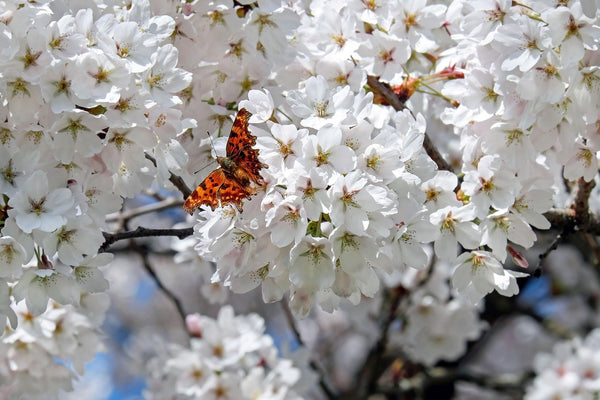
Sooty Mold
This type of mold is a black fungal growth on the surface of leaves and branches caused by pathogenic fungi. The fungus lives on the excrement of aphids, commonly known as honey dew excrement. Sooty molds do not actually kill the plants but are cosmetically unappealing.
The presence of sooty mold means that, at one time, there was an aphid population living on the tree. Ants will often protect these honey dew-producing insects from predators so they can feed off the excrement. In order to control sooty mold, you must start by getting rid of the aphids. Insecticides to prevent ants, aphids, and other insects should be sprayed on the tree. In some cases, a strong stream of water can remove aphids from the tree without the use of an insecticide.
Cedar-Apple Rust
This rust is commonly found on Eastern Red Cedar, Apple, and Crabapple Trees. Spring spores that are released from galls on cedar trees infect the leaves of the flowering apple and crabapple trees. This causes yellow spotting on the underside of the leaves of the trees, and over time, premature leaf drop.
Using disease resistant apple cultivators is best. Apple trees such as the Red Delicious and McIntosh offer excellent resistance to this disease. For non-disease resistant trees, you can take preventative measures, such as applying fungicides to your trees during the early spring.
Powdery Mildew
A whitish-gray powdery fungus that grows on the leaves of trees, this fungus is more of an aesthetic issue for flowering dogwoods. However, it can reduce shoot growth and the trunk caliper, as well. Powdery mildew has a wide host range, affecting trees like flowering dogwoods and some crape myrtle varieties.
In order to prevent the spread of powdery mildew, it’s best to clean up any dead leaves prior to winter. The disease can survive over the winter and infect trees during the growing season. Proper pruning is another preventative measure, as it helps to improve air circulation within the crown of the tree.
Overall, many disease and pest problems can be reduced by good maintenance practices. Also, preventative measures can be taken by spraying trees individually with fungicides and insecticides. Dormant oils and lime sulfur can be applied to your trees after freezing weather has passed as another preventive measure.
Professionals can also be brought in to cure or remove your tree if you're unable to get the disease under control. Furthermore, you can contact your local agricultural extension office to learn about diseases that may be problematic in your area.
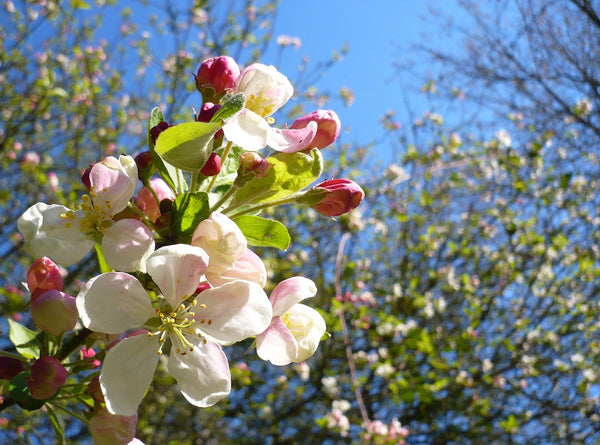
Growing Flowering Trees
Whether a flowering tree will survive is dependent upon its environment. The key to successful growth is the right conditions, including soil type, water, available sunlight, and the tree’s surroundings.
Flowering trees need fertile soil with good drainage. If you don't have good soil, you can improve it by adding in soil mix or fertilizer. Flowering trees also need to be watered regularly.
But one of the most important factors for growth is sunlight. In order for the trees to flower, they need direct sunlight. Most flowering trees actually thrive better in areas where there isn’t a lot of shade. However, there are a few varieties that can thrive in partial shade.
Planting & Care
Flowering trees should be planted during the spring or in the early fall, at least six weeks prior to your first frost. They should be located in full to partial sunlight and do best if their soil is kept moist but not over saturated.
Planting: Carefully consider planting depth before digging the hole for your new trees, and follow the steps below.
- You should make the hole twice as wide, but no deeper than the root ball. Make sure the hole is large enough for the roots to expand.
- Place the tree in the hole and water the root ball before you begin to backfill the hole with top soil. Refill the hole making sure the root ball is level with or just below the surface.
- After you plant the trees, use a root-promoting fertilizer to help root expansion. Sprinkle some on the topsoil and water lightly.
- Add 2 to 3 inches of mulch around the trees and water regularly - approximately 1 inch of water per week.
- Stake the trees for at least one growing season to ensure stability.
Watering: The amount of water that each flowering tree needs varies. However, you'll want to increase the watering schedule in areas where there's a warmer climate, and reduce them during winter or cooler climates.
Fertilizing: To encourage flower production, we recommend a fertilizer that contains a small percentage of nitrogen and a higher percentage of phosphorous and potassium. Be careful not to use fertilizers containing a high amount of nitrogen because it may burn the roots.
Pollination: Flowering time for pollinators is usually tied to the same time for fruit growth. Early pollination ensures the trees have more time for the fruit to mature and dispersal prior to winter.
For more inspiration and further flowering tree info, shop our full collection!

Written by
Blair Brown
Blair is the Content Marketing Manager at FastGrowingTrees.com, and though she's not your traditional gardener, the planting world is definitely growing on her (pun intended!). She's enjoyed digging into plant care and maintenance and growing her plant collection, especially with exotic indoor varieties.
Featured Product

Tulip Poplar Tree
256 reviewsStarting at $94.95





















